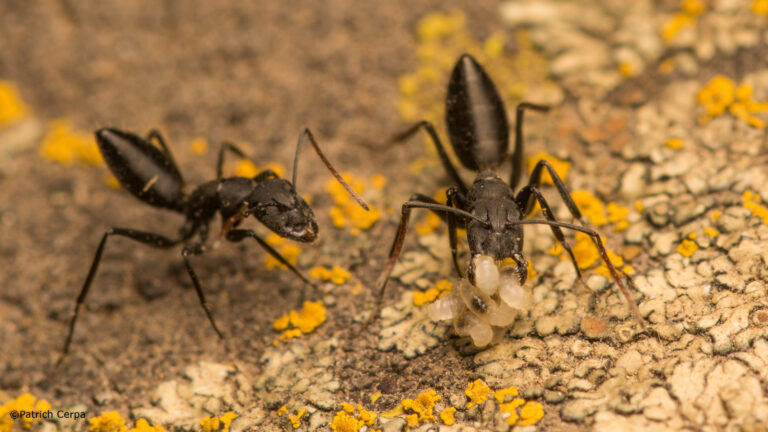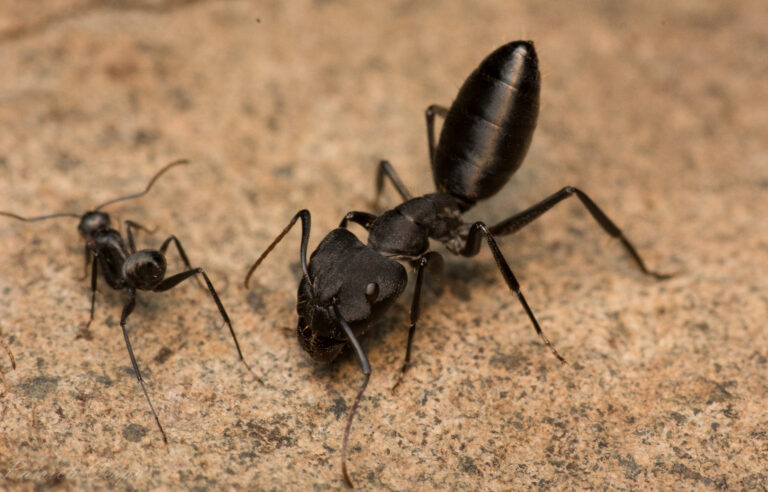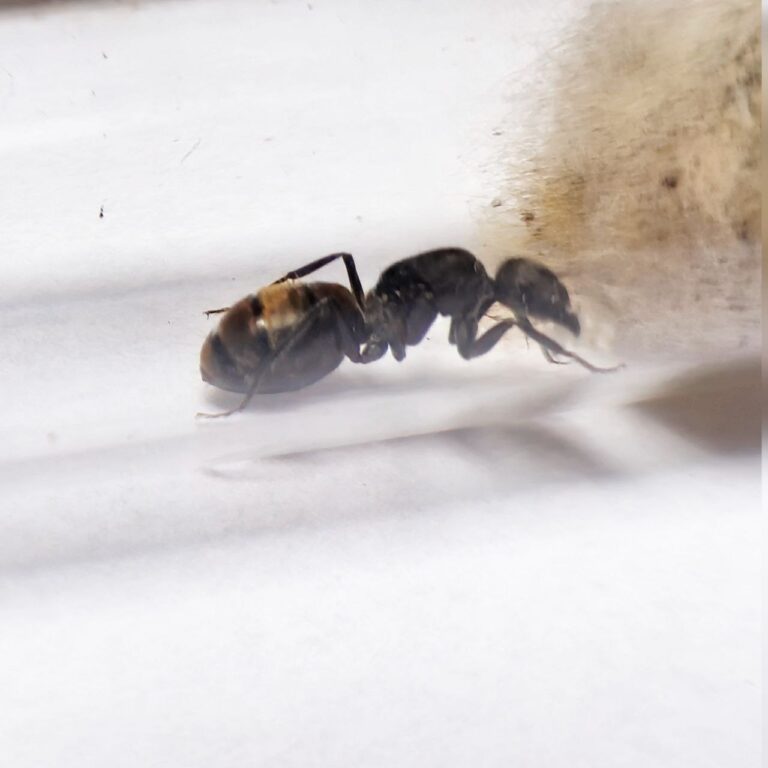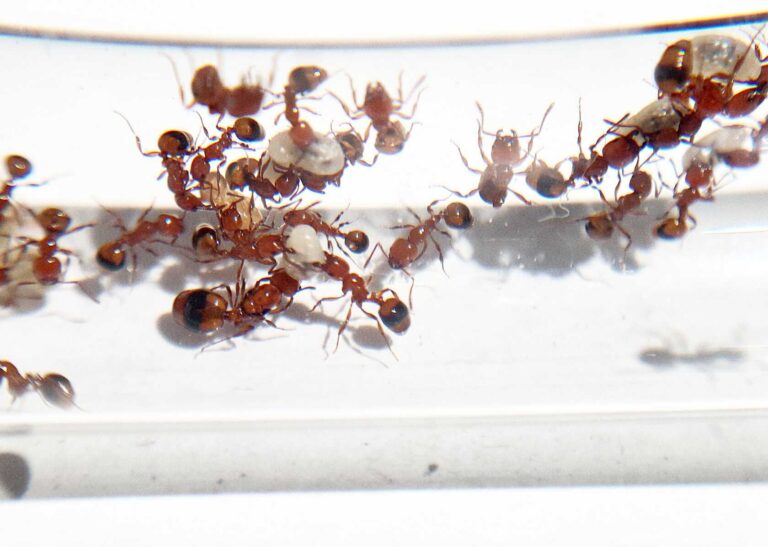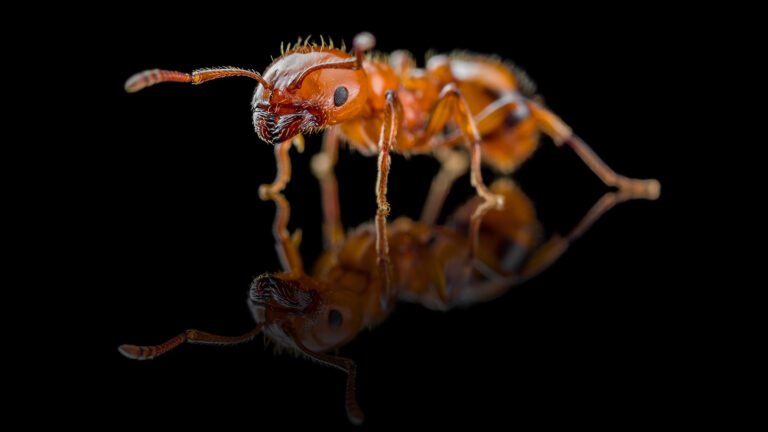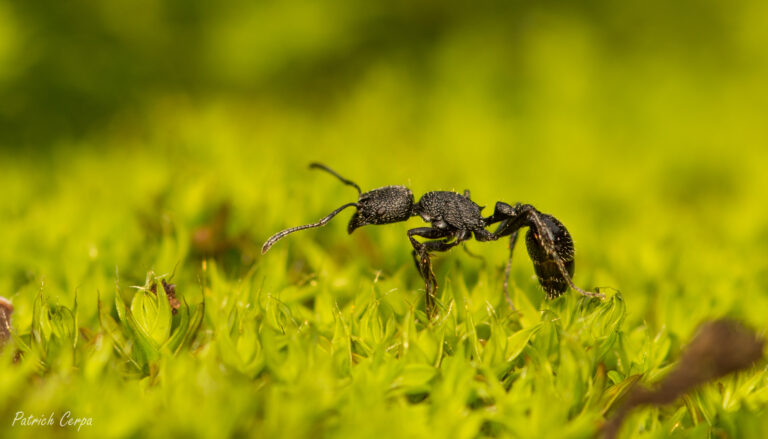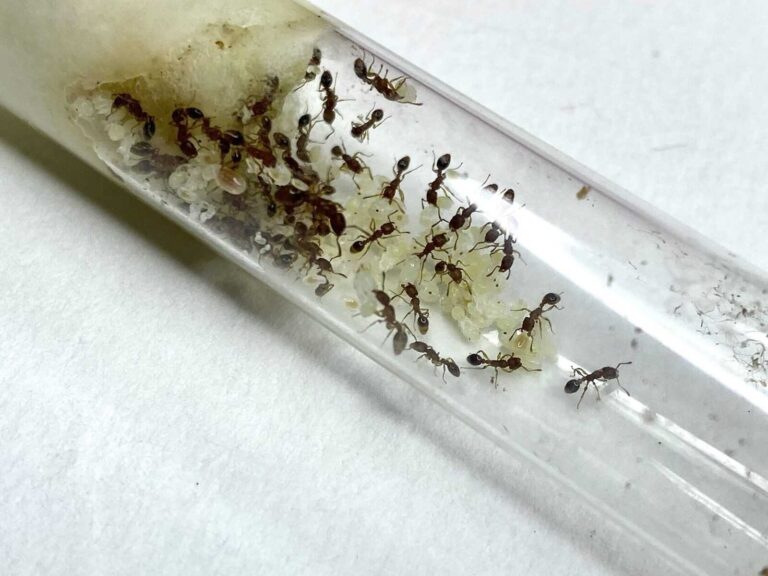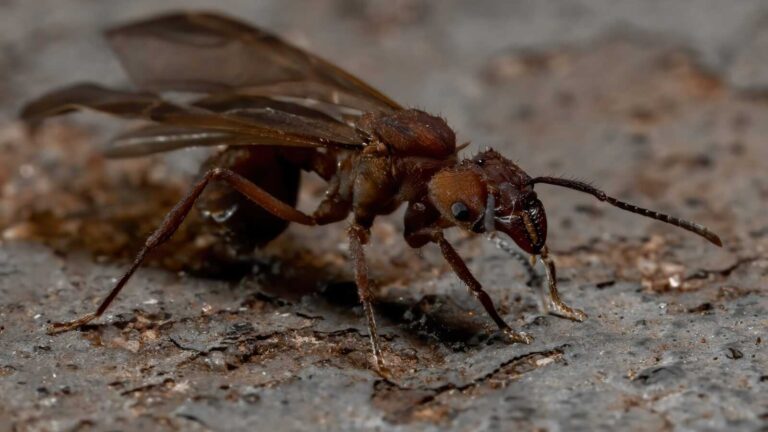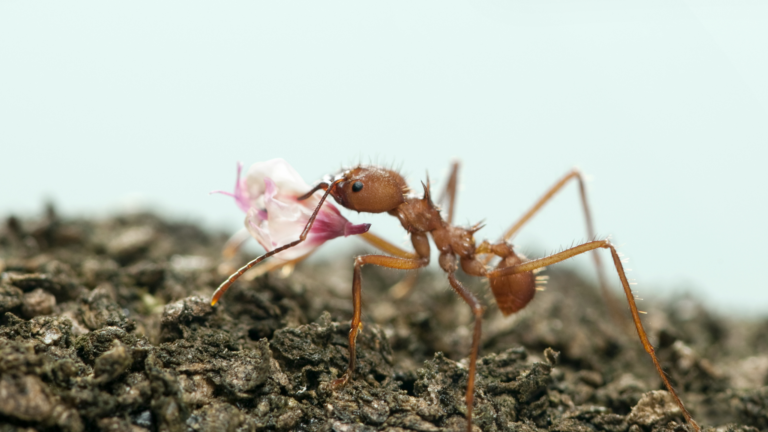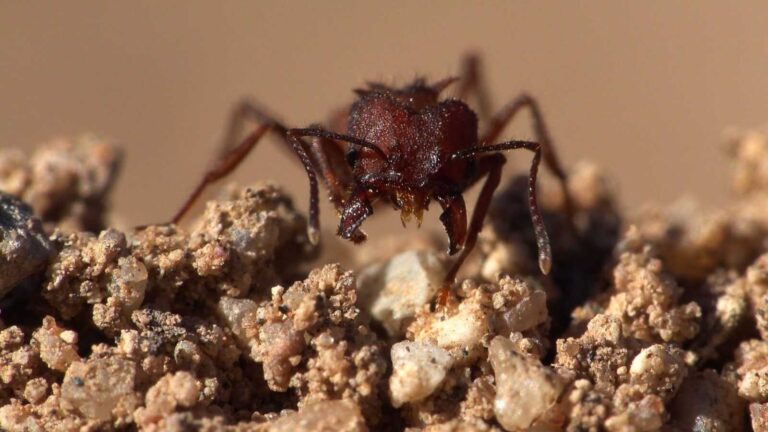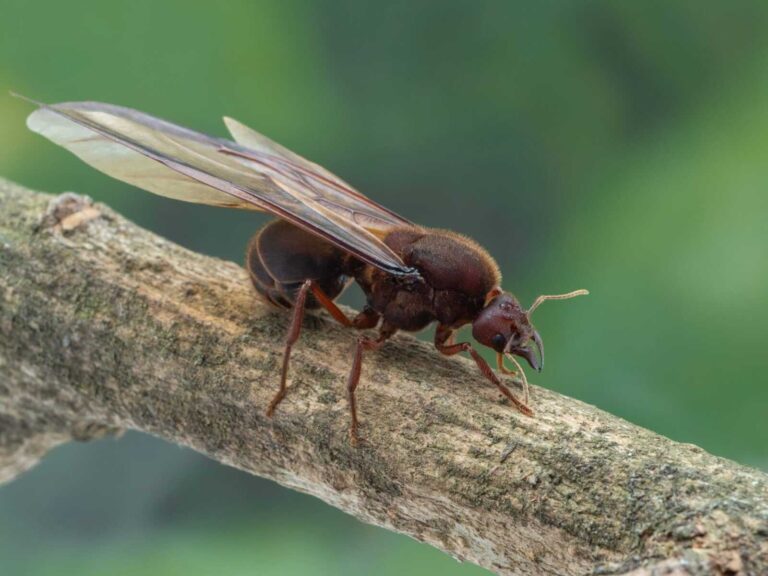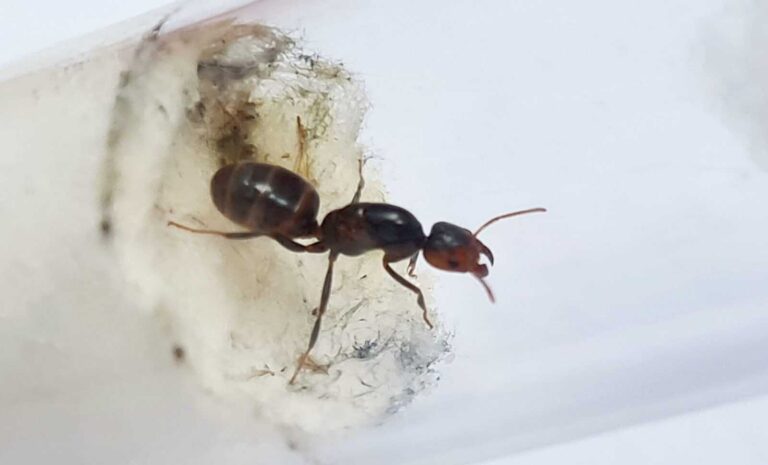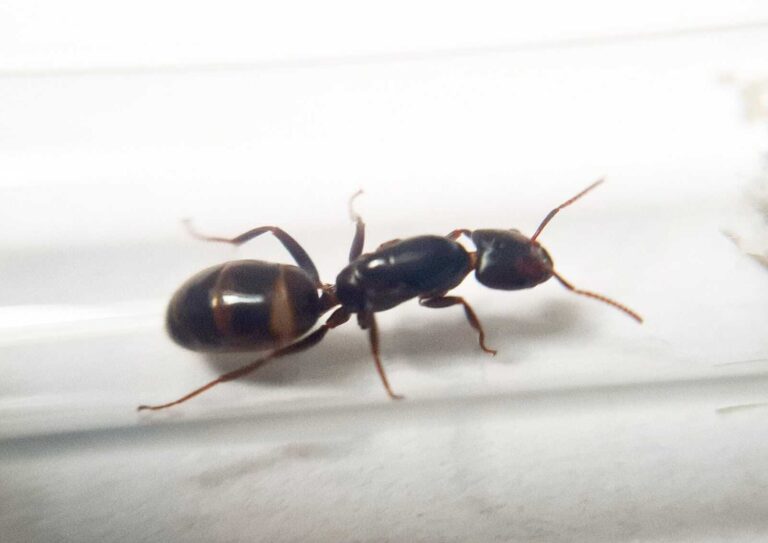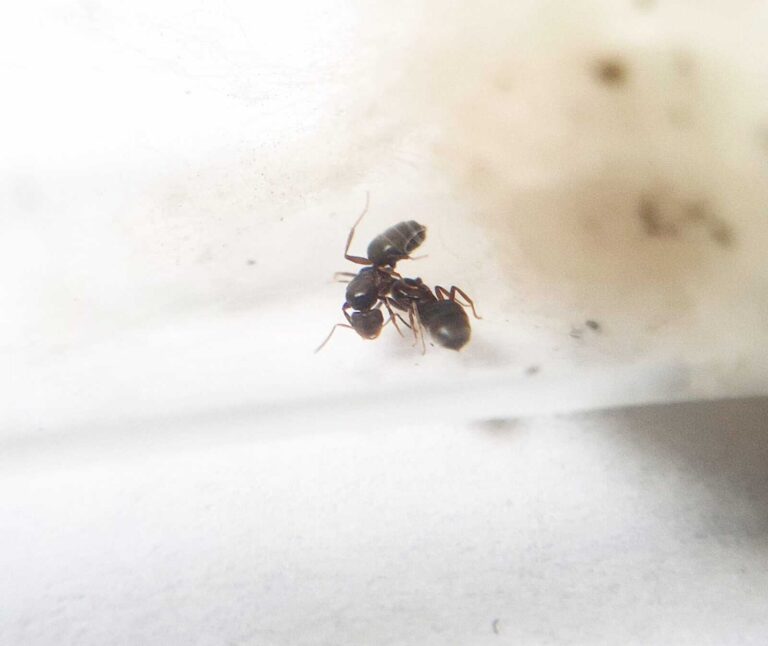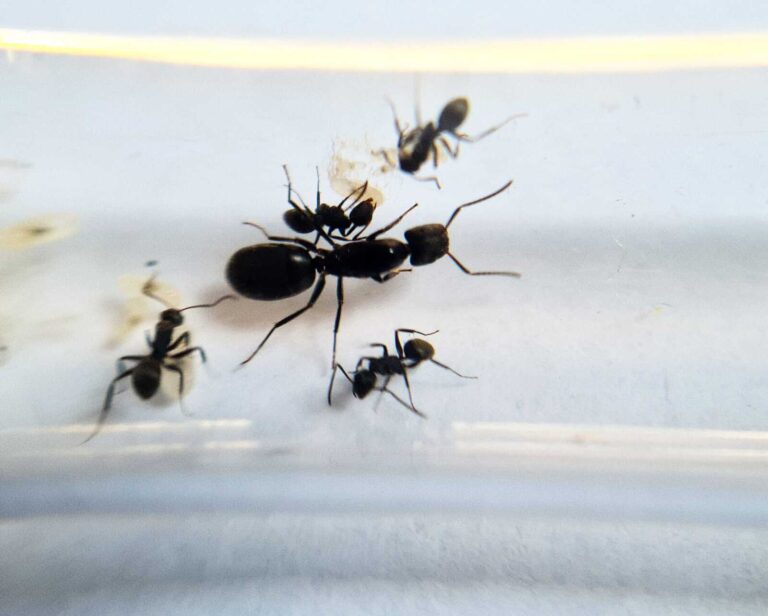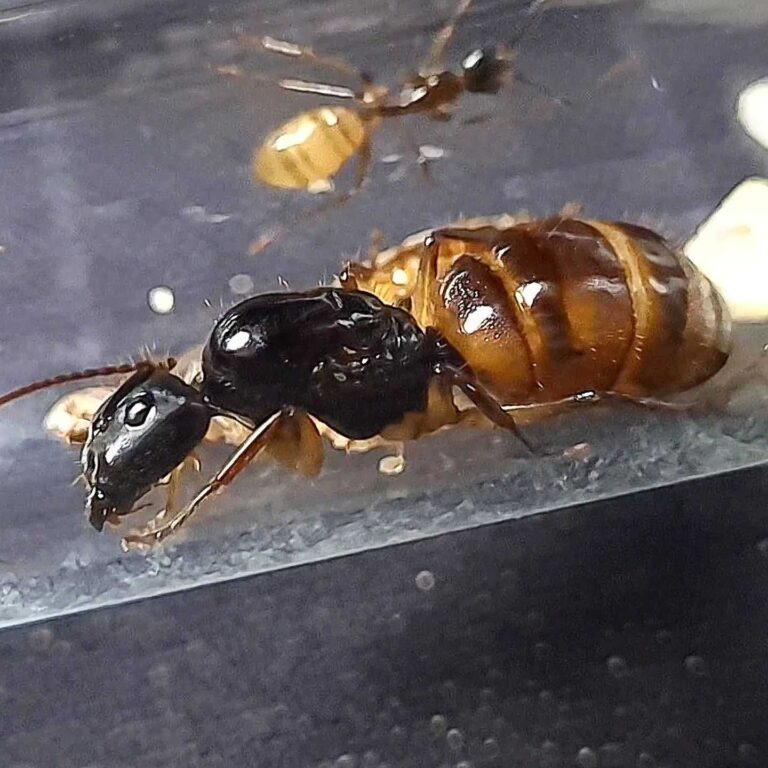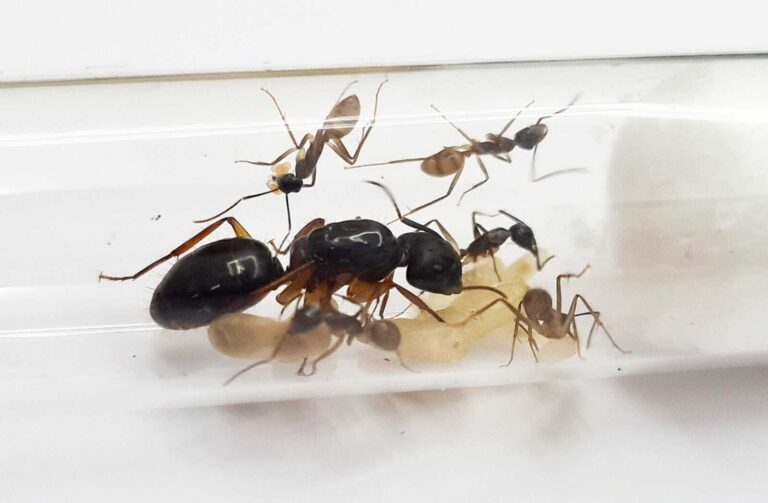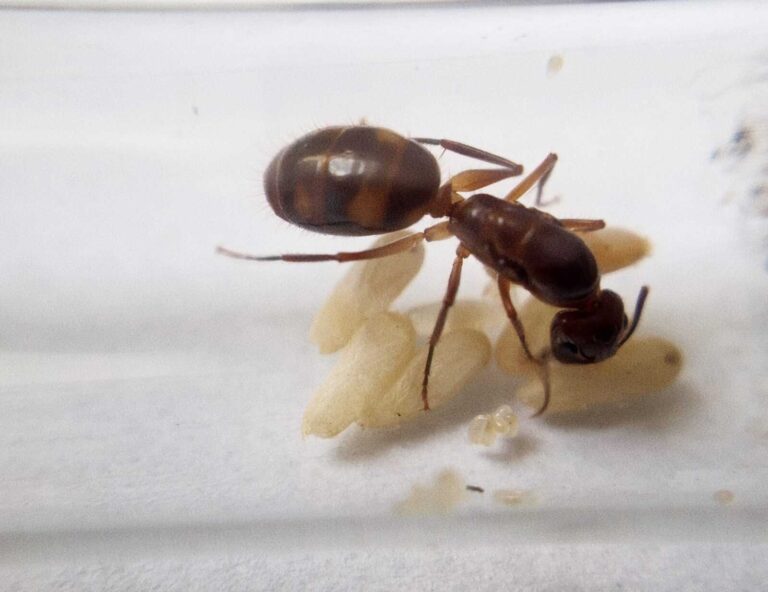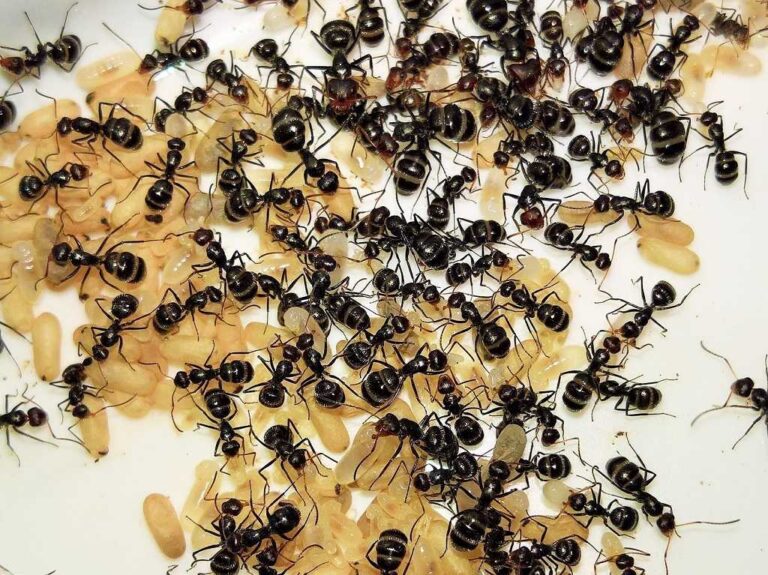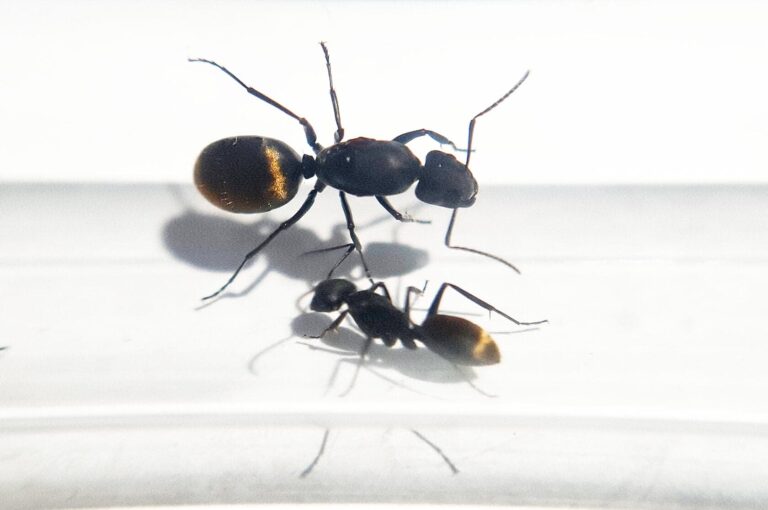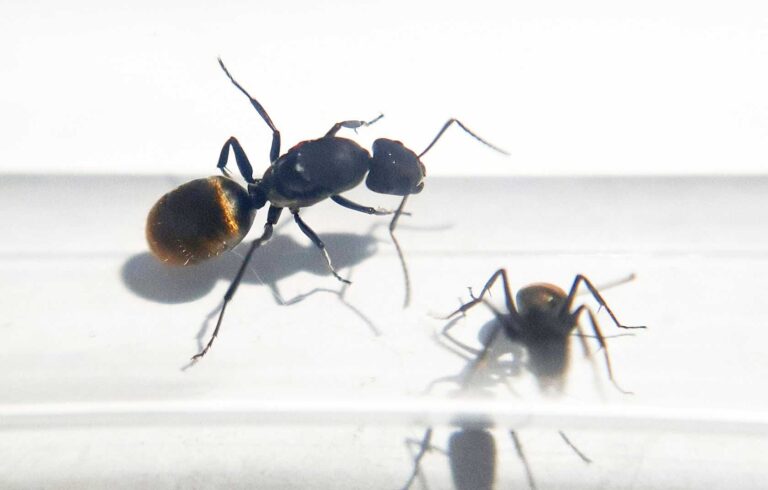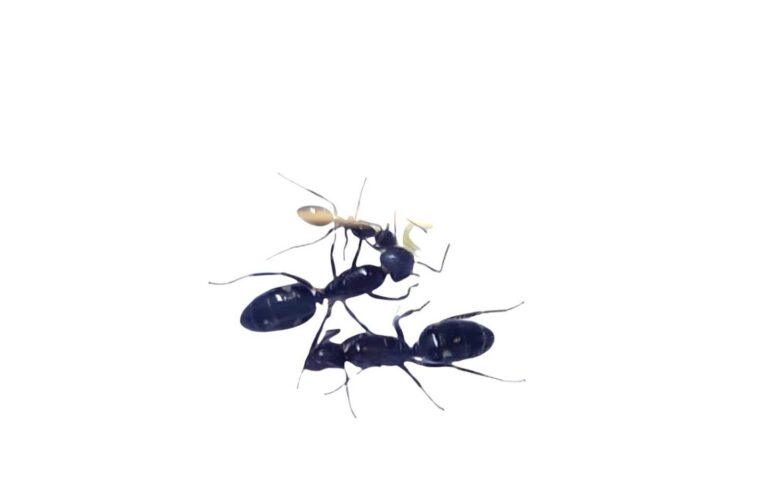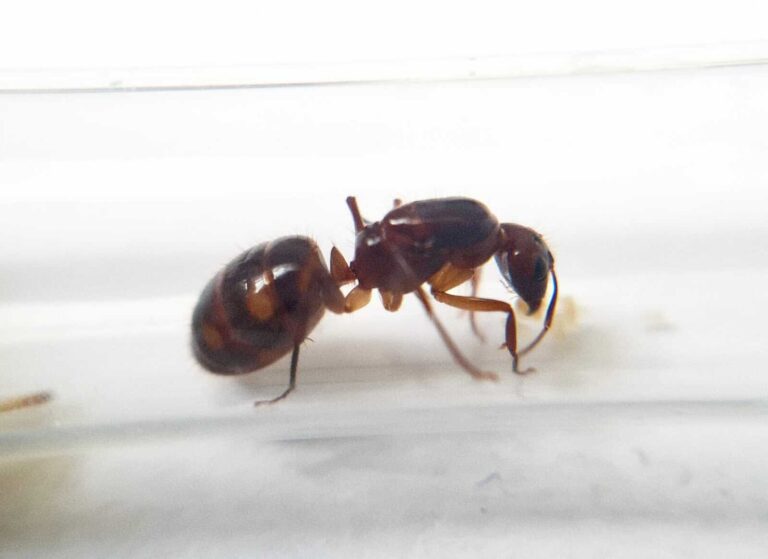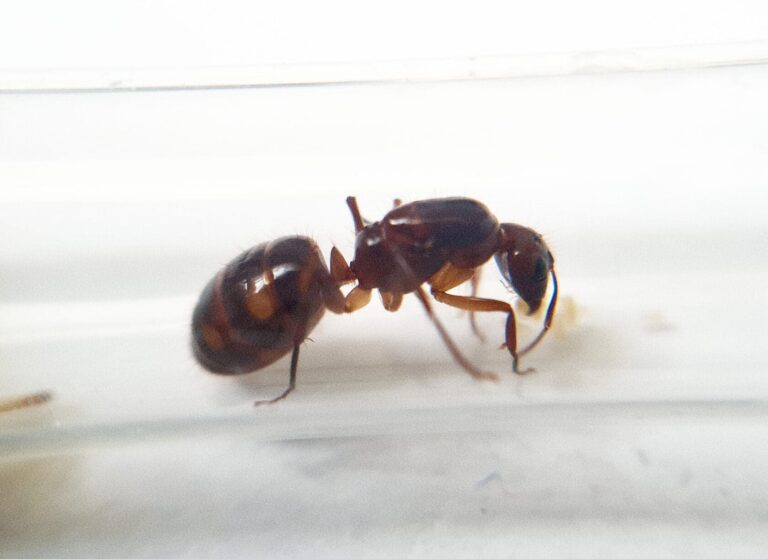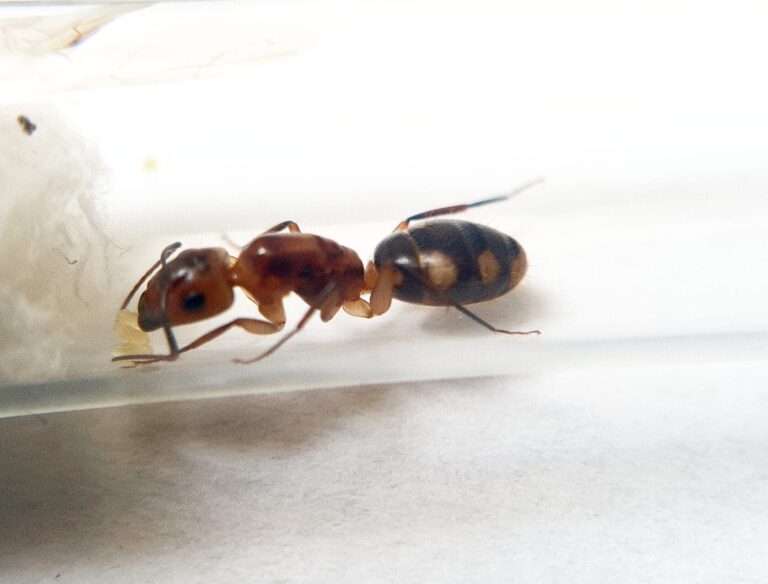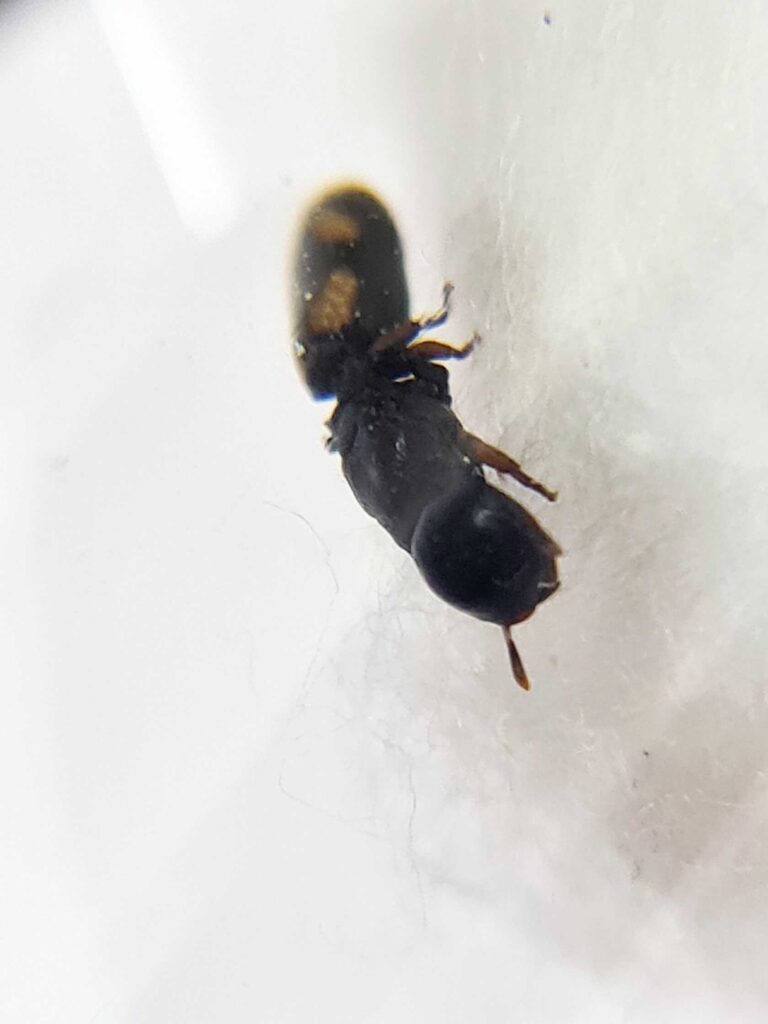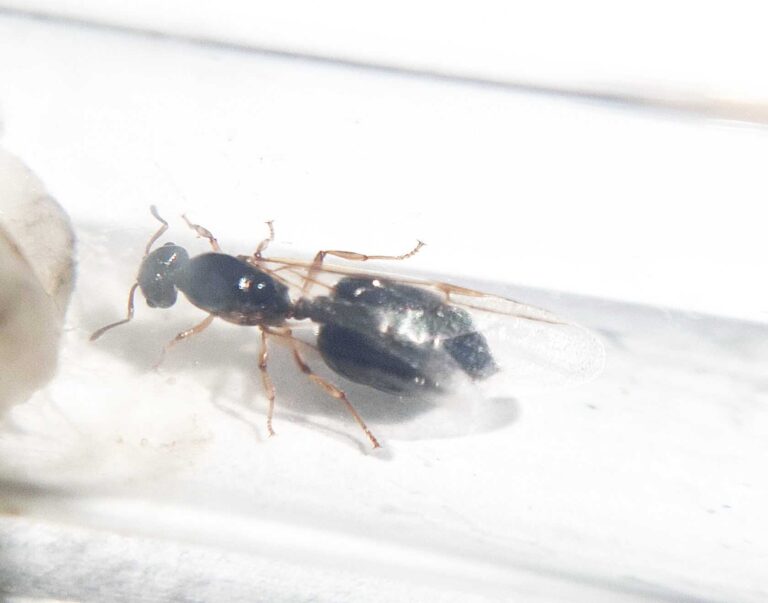Showing 1–20 of 39 results
- Queen 37
- Queen and 1-50 workers 5
- Queen and 1-3 workers 34
- Queen and 4-10 workers 34
- Queen and 11-20 workers 34
- Queen and 21-40 workers 33
- Queen and 41-60 workers 32
- Queen and 61-100 workers 13
- Queen and 51-100 workers 5
- Queen and 101-200 workers 8
- Queen and 201-500 workers 6
- Queen and 501-1000 workers 4
- 2 Queens 5
- 2 Queens and 1-50 workers 2
- 2 Queens and 1-3 workers 4
- 2 Queens and 4-10 workers 4
- 2 Queens and 11-20 workers 4
- 2 Queen and 21-40 workers 4
- 2 Queens and 41-60 workers 4
- 2 Queens and 61-100 workers 2
- 2 Queens and 101-200 workers 4
- 2 Queens and 51-100 workers 2
- 2 Queens and 201-500 workers 3
- 2 Queens and 501-1000 workers 1
- 3 Queens 3
- 3 Queens and 1-50 workers 2
- 3 Queens and 1-3 workers 3
- 3 Queens and 4-10 workers 3
- 3 Queens and 11-20 workers 3
- 3 Queens and 21-40 workers 3
- 3 Queens and 41-60 workers 3
- 3 Queens and 61-100 workers 3
- 3 Queens and 51-100 workers 2
- 3 Queens and 101-200 workers 4
- 3 Queens and 201-500 workers 3
Camponotus morosus is a monogynous ant species with colonies containing up to 10,000–15,000 workers. They develop at a moderate speed. Queens measure approximately 15–17 mm in length, while workers range from 6 to 9 mm. Their body exhibits a typical Camponotus contrast: the head and thorax are reddish-brown, while the gaster is dark brown to black.
Camponotus pseudolendus is a monogynous ant species with colonies of up to 10,000 workers. They develop at a moderate to fast pace and show clear polymorphism. Queens typically measure around 17–19 mm, workers range from 5 to 11 mm, and majors can reach 12–14 mm.
Monomorium latastei is a fast-developing ant species that forms polygynous colonies of around 100,000 individuals. The ants are small in size, with queens measuring 6-8 mm and workers ranging from 4.5-5 mm. They have an orange color with a black stripe on the abdomen. Their diet consists of food insects, fruits, vegetables, and syrup. These ants thrive in an arena with a humidity level of 30-50%.
Patagonomyrmex angustus polygynous ant colony, with colony size usually under 400 workers, rarely exceeding that size in natural nests
Size: Queens: ~7-9 mm, Workers: ~4–6 mm
The Tetramorium bicarinatum is a polygynous ant species with a colony size of up to 50,000 workers. They have a fast development rate and are around 4.2-4.6mm in size for the queen and 3-4mm for the workers. They have a reddish-brown color with variations in shades. They feed on food insects like cockroaches and crickets, as well as syrup made from water and honey.
The Acromyrmex octospinosus is a species of ants that have a monogynous colony type. They can have a colony size of up to 20,000 workers and have a fast development speed. The size of the queen ranges from 12-14mm, while workers are 3-9mm and majores are 10-15mm. They have a reddish brown color and feed on their own fungus, which they grow by feeding on the leaves of plants.
The Atta mexicana is a species of ant that exhibits monogynous colony type with a maximum size of 8,000,000 workers. They have a fast development speed and are reddish brown in color. They primarily feed on plant leaves and fungus, with possible fodder plants including blackberries, raspberries, roses, boxwood, elderberry, linden, and wild grapevines.
Azteca forelii is a monogynous ant species with several thousand individuals in a colony. They have a fast development speed. The queen is 13-15mm in size, while workers are 3-5mm. They are dark brown in color. Their diet consists of food insects, syrup, fruits, vegetables, jelly, and cooked chic.
Brachymyrmex laevis is a polygynous ant species with colonies consisting of several thousand individuals. They have a fast development speed and are brown-black in color. Their diet consists of insect food, syrup, fruit, vegetables, jelly, and cooked chicken without salt. Queens measure 3-5mm in size, while workers are 1-2mm in size.
Camponotus abscisus is a species of ant with a monogynous colony type and a fast development speed. The queen measures 9-11mm, workers range from 3.5-5.5mm, and majors are 5-6.5mm in size. They have a black-brown coloration and their nutrition consists of insect food, syrup, fruits, vegetables, jelly, and cooked chicken without salt.
Camponotus atriceps is a monogynous ant species with colony sizes of up to 5000 workers. They have a fast development speed. The queen is 16-18mm in size, while workers range from 6-9mm and majors from 9-12mm. They have a brown head and back, yellow abdomen with brown stripes, and the queen is dark brown. Their nutrition consists of food insects and syrup.
Camponotus balzani is a species of ant that is known for its size and coloration. It requires a specific diet to thrive and has specific humidity and temperature requirements. The process of developing Camponotus balzani is also discussed. Overall, this concise summary highlights the key aspects of the full product description.
Camponotus brevis is a monogynous ant species with a colony size of up to 2000 workers. They have a fast development speed and come in sizes ranging from 3.5 to 8.5mm. They are black-brown in color and their nutrition includes insect food, syrup, fruit, vegetables, jelly, and cooked chicken without salt.
Саmponotus chilensis – Cute Golden back ant
The Camponotus sexguttatus ant colony is polygynous and can have up to 10,000 workers. They have a medium development rate. The queen is 5-7mm in size, while workers are 4-5.5mm and majors are 4-6mm. They are glossy black with black stains on their abdomen. Their nutrition consists of food insects, syrup, fruit, vegetables, and jel.
For Camponotus substitutus ants, it is important to provide a suitable nest setup made of acrylic or plaster. The ideal nest should have multiple chambers and tunnels for the ants to explore and establish their nests. The “Ant Farm” style setup is a popular option, made of plastic or glass, offering excellent visibility and insulation.
Camponotus zonatus is a species of ant with medium development speed. The colony is monogynous and can contain up to 6000 workers. The queen measures 12-14 mm in size, while workers range from 5-8 mm and majors from 7-11 mm. The ants are brown-orange in color with yellow points on the abdomen. They primarily feed on insect food such as cockroaches and crickets, as well as syrup, fruit, vegetables, jelly, and cooked food.
The Cephalotes Minutus ants are a unique species known for their polygynous colonies and colony sizes of up to 10,000 workers. With a moderate development speed, these ants are fascinating to observe and care for.
Crematogaster jardinero is a monogynous ant colony with a size of up to 20,000 workers. They have a fast development speed and can reach sizes of 11-12mm for the queen and 5-6.5mm for the workers. They have a black body with yellow legs and their nutrition includes insect food, syrup, fruits, vegetables, jelly, and cooked chicken without salt.


